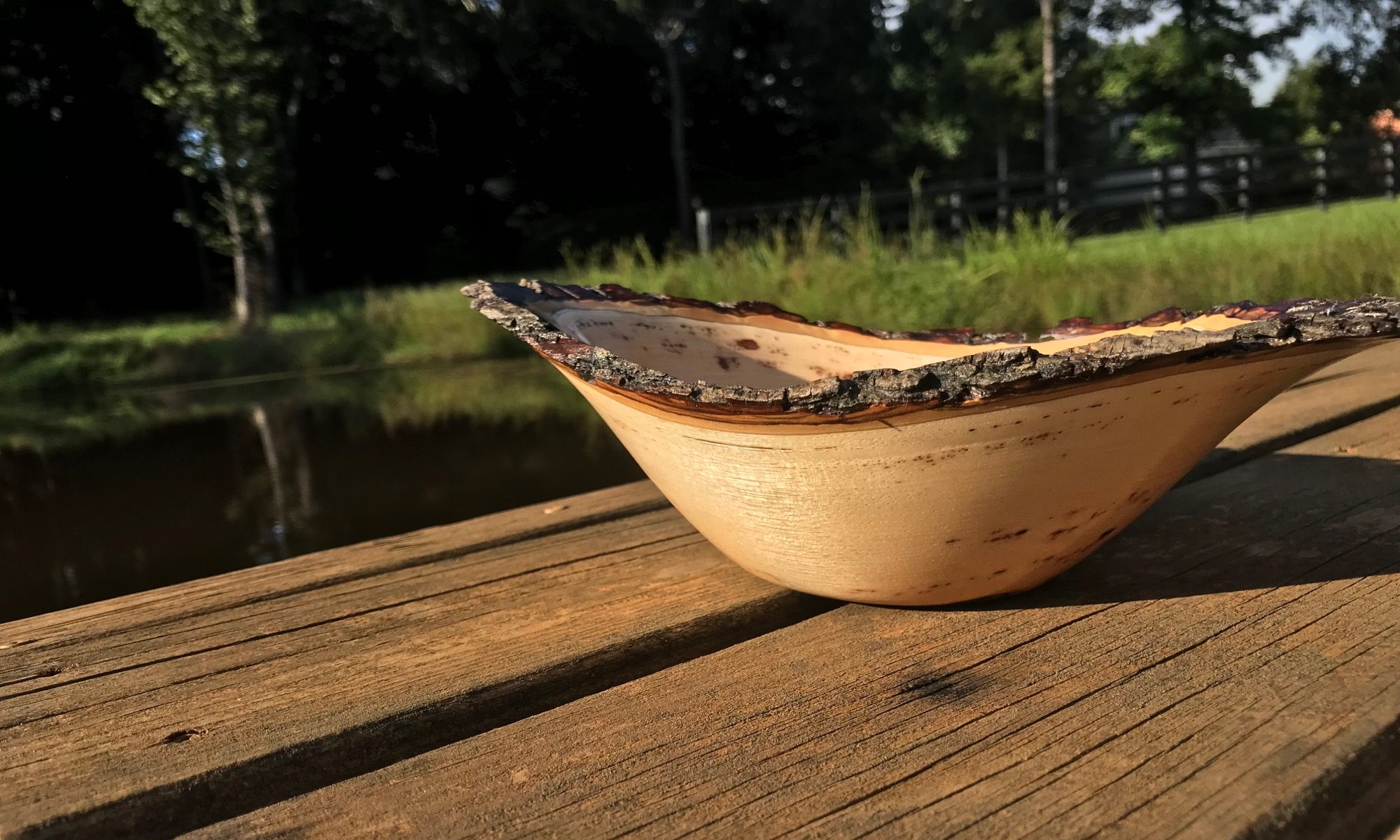Rescued Wood!
Almost all of my materials for bowls come from friends and family who have lost a tree, either during a storm or from disease. It’s a joy to take a log off the ground and present the owner with a beautiful bowl as a memorial of the tree. My recent supply of walnut has come from a tree that fell during Hurricane Irma. Instead of being chopped into firewood the tree is now decorating fireplace mantles and dining room tables.
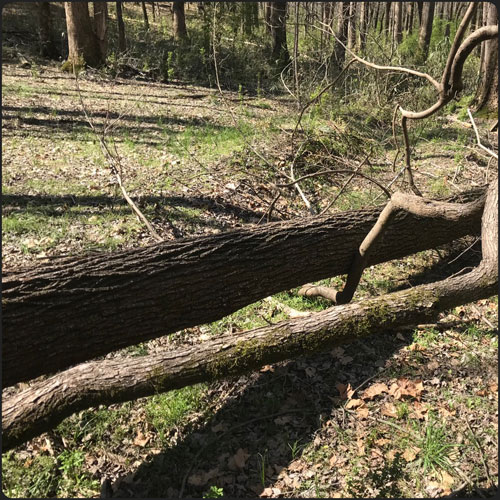
As soon as possible, after the tree has fallen, it is cut into smaller sections and transported to my shop. I try to split the logs in half and seal the ends. Otherwise, the logs will start to dry and checking/cracking soon follows. Even with sealer, there is a small window of time to work it before it splits so badly it can only be used for firewood.
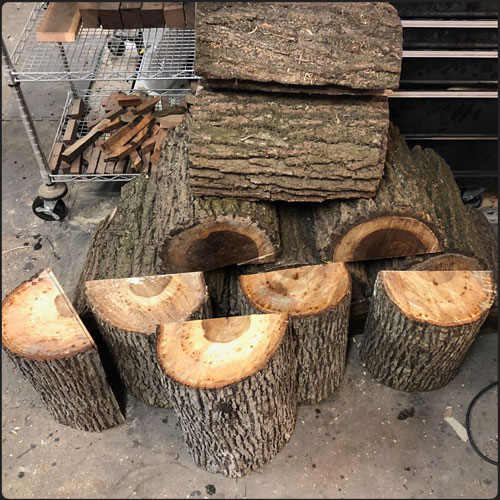
Often, for bigger bowls, I will rough the shape out on the bandsaw to improve balancing the blank on the lathe.
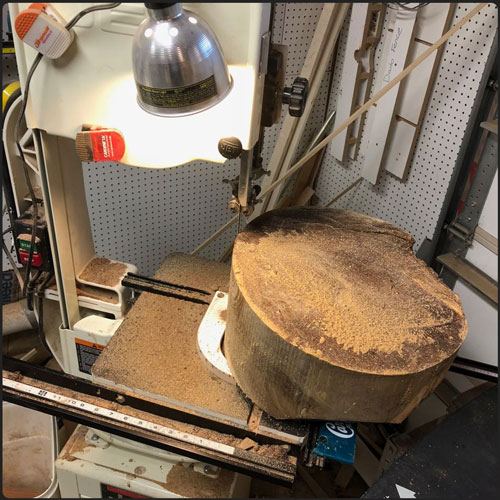
Most bowls are then “rough turned.” The top of the bowl faces towards what was the middle of the tree and the foot of the bowl is near the bark. After the rough shaping the bowl has to dry, often for several months or even a year depending on the size and thickness. As the bowl dries it warps and moves and settles- sometimes unpredictably. Once the bowl is dry and has finished moving it is mounted back on the lathe and turned a second time to it’s final shape. After shaping is done it is sanded and finished.
The natural edge bowls are different, they are flipped around, the foot is near the middle of the log and the rim is the outer bark of the tree.
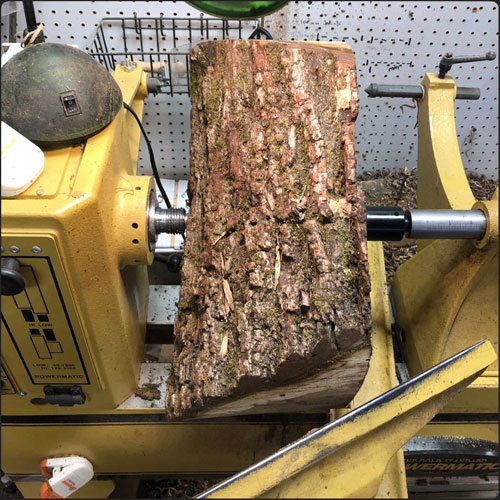
I turn my natural edge bowls once, thin enough to move and warp without cracking, but they take on their own distinctive shape as they dry and I don’t turn them a second time. These bowls do take more time and effort in the initial shaping- the longer ‘wings’ of the bowl mean that the cutting tool is often floating out in the air, unsupported, waiting on the revolutions of the lathe. It takes a steady hand and a sharp tool to get clean cuts. If the blank is fresh enough and the turner is careful the bark will hang on throughout the process. Often the log has already begun to dry out before turning and the bark is the first thing that falls off- but the live edge still gives it an organic and natural feel. These bowls are allowed to dry for a couple of weeks and then they are finished.
